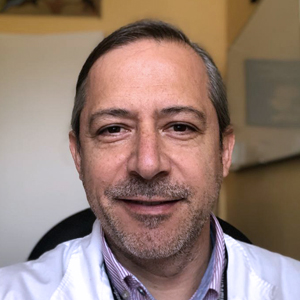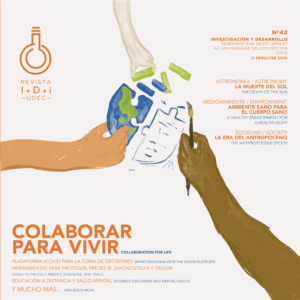Expert: Dr. Gonzalo Navarrete Ríos
Department of Psychiatry and Mental Health, Faculty of Medicine
What are the differences between depression and other pathologies?
Depression is a highly prevalent condition of biological origin, determined by multifactorial variables. There is no clarity on the mechanism that leads to depression manifesting in a person, but it is associated with heritability, traumatic biographies, difficulties adapting to stress, and aspects of personality that affect it.
The key differentiating aspect is that it is a disease that affects mood, influencing all areas of the person. Mood is the motor of our actions, so when damaged, it involves a commitment at the level of our thoughts, feelings, corporeality, and vital purposefulness.
What signs can we notice in a patient with depression? How do we identify these signs in ourselves?
The depressed person has ideas of a black future, of incapacity, or irrational ideas of guilt. The environment is overwhelming, and despite attempts to reverse it, there is no capacity because “there is no solution.” There is a loss of the desire to continue with a life project, as there is no longer motivation or capacity for it, in addition to symptoms such as anxiety, sadness, lack of appetite, weight loss or gain, absence of sexual desire, early awakening (given high levels of anxiety) and a constant loss of energy, which does not present oscillations and that worsens at the end of the day.
What are the main myths about this disease?
The symptomatology of depression could be very similar to a bereavement or to the effect of a complex and painful situation. In these cases, it is normal to have depressive symptoms, but in depression, they are relentless, constant, and tormenting, requiring a comprehensive analysis that avoids diagnostic constructions based on rigid criteria that do not include a context, a history, and a life project. Another aspect that generates controversy has to do with therapeutic alternatives, which have focused mainly on pharmacotherapy, which sometimes leads to unjustified abuse, primarily due to diagnostic errors, and the stigma towards Electroconvulsive Therapy, which is essentially justified in the most serious cases. In parallel, in recent years, options such as Transcranial Magnetic Stimulation, Transcranial Direct Current Stimulation, or Phototherapy have emerged that seek improvement without adverse effects.
Last modified: 22 de febrero de 2025






